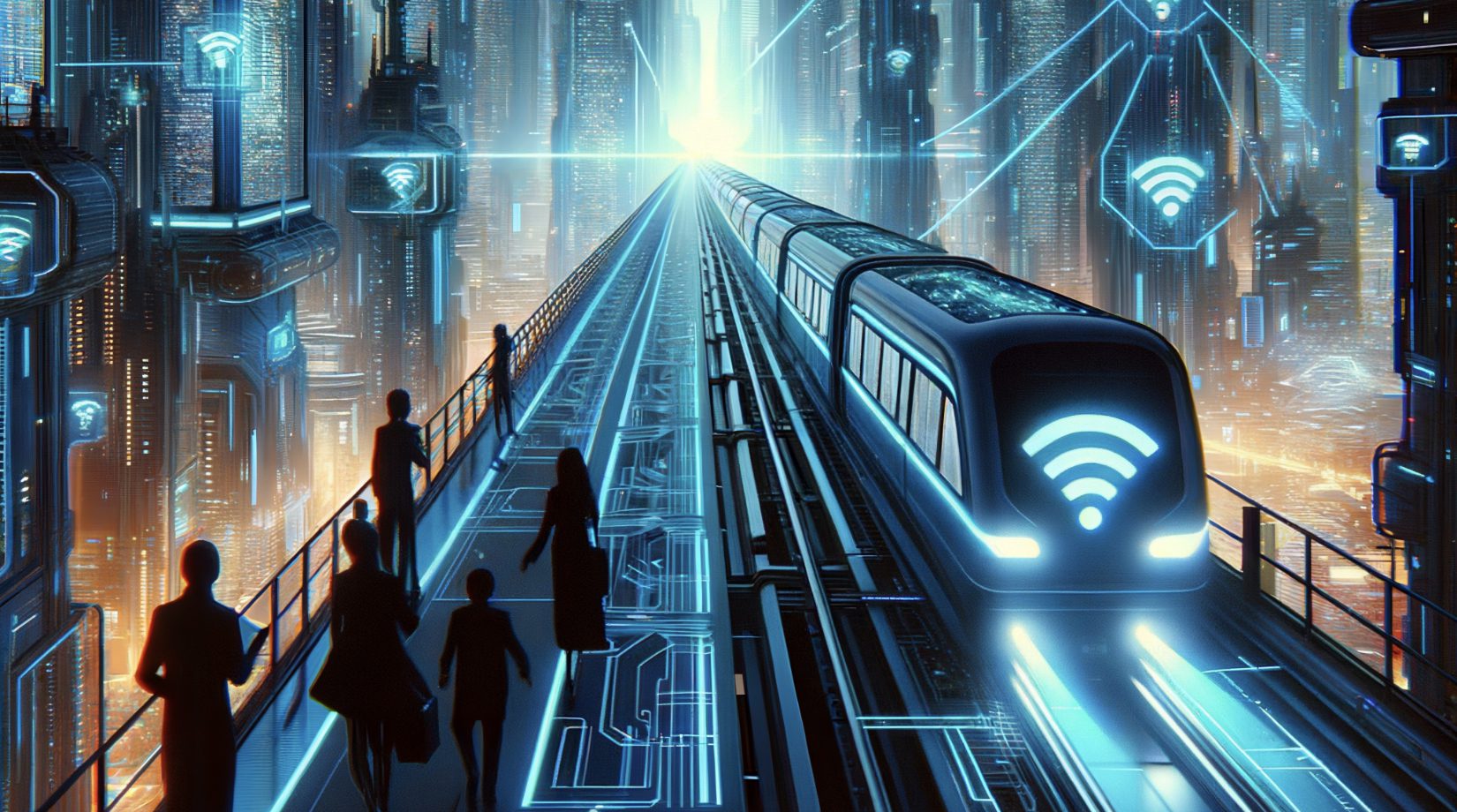This article was first published in Railway-News.
Two years ago, the Bipartisan Infrastructure Law authorised the investment of more than one trillion dollars in federal spending on transportation, broadband access, clean water, and electrical grid improvements. The transportation industry is now seeing the effects of that funding first-hand: across the country, rail operators are upgrading their infrastructure and purchasing new vehicles that will carry passengers for the next two decades or more. The USA’s passenger rail network has never before seen such a comprehensive upgrade to its vehicles and technologies.
This is a make-or-break moment for rail travel in the U.S. While the COVID-19 pandemic led to a sudden drop in ridership for rail operators, the American Public Transportation Association (APTA) reported that overall ridership reached 74% of 2019 levels in September 2023. A widespread upgrade of the passenger experience could lead not only to a return of pre-COVID levels, but also a sustained period of growth as customers recognise the advantages of commuting and traveling by train.
This growth will only be possible if rail operators focus on delivering a modern, future-proof, customer-friendly experience. To succeed, these companies need to embrace the “digital train” — building off a single, centralised connectivity system to integrate everything from passenger Wi-Fi to video surveillance to energy metering to passenger counting.
The digital train is crucial for two main reasons: interoperability and affordability.
Interoperability: A modern train includes a dozen or more onboard systems: GPS, on-train data recorders, real-time passenger information, and other dedicated solutions for security and operations. Historically, these many tools have been installed and operated as standalone systems, each with its own source of power and connectivity. Each of these individual systems increased the overall complexity of operating and maintaining the vehicle, while also taking up more physical space in the train itself.
The lack of interoperability of these onboard systems limits the rail operator’s ability to introduce new passenger services. For example, if the passenger counting system operates on the same network as the passenger information system, the rail operator can quickly and seamlessly display which cars are full and which are empty, allowing passengers to move towards the empty cabins for a more comfortable experience. When those two systems are walled off from each other, even this basic service is impossible to implement.
Affordability: Rail operators — and the rail industry in general — can no longer afford to look at these systems in isolation. Instead, every system upgrade or replacement should be looked at in the context of the train as a whole.
There are two paths for rail operators to adopt the digital train strategy successfully. As companies consider how to upgrade their vehicles, they must choose between 1) upgrading their systems all at once with a comprehensive solution or 2) taking a step-by-step approach with each individual improvement. While some European and UK rail operators have achieved success with wholesale overhauls of their vehicles, a step-by-step strategy will be more realistic for most rail operators.
The digital train success starts and ends with rethinking relationships and changing the mindset.
Rethinking relationships: Working towards a digital train strategy requires rail operators to rethink their relationship to their equipment. Previously, equipment was often sold as “fit and forget” — systems that could be installed and operated with minimal ongoing oversight and maintenance. The next generation of onboard technologies will require more expertise and management.
Changing the mindset: Passengers will naturally be critical when systems don’t work as they should — bad Wi-Fi and inaccurate passenger information are common complaints among rail travellers. Rail operators need to take a long-term view of their digital train initiatives and recognise that the short-term growing pains will allow them to deliver a more comfortable and more innovative passenger experience in the future.
Bringing IT internal: As rail companies upgrade their vehicles, they will need to bring on new personnel to manage the health and reliability of the system. Transportation companies must become technology companies to some extent to remain viable in the long-term; as a result, they’ll need to hire IT experts. While some rail operators may be hesitant to take on the added expense, they will see a trade-off in reducing the maintenance costs associated with isolated, fragmented systems. Instead of having to install, maintain and replace multiple connectivity platforms, they will only need to look after one comprehensive system.
Increasing cybersecurity: The increased integration of onboard systems also poses new challenges with regard to cybersecurity. Rail operators have legal obligations to protect passenger data, and they must conduct extensive penetration testing and support to ensure that their systems stay compliant with local regulations.
Long-term Implications
As US rail operators use federal funding to upgrade their vehicles, the choices they make will have long-term implications both for their passengers and for the organisations themselves. Adopting a single connectivity solution keeps the door open in the future to integrate modern technologies and continue upgrading the passenger experience. Maintaining siloed systems keeps the rail operator frozen in place, unable to keep pace with modernisation.
When passenger rail operators deliver a truly modern customer experience, they can compete with private vehicle travel and steadily increase ridership: instead of being stuck behind the wheel of a car, passengers can stay connected, productive, and entertained over the course of their journey.
This customer experience is only achievable with exceptional connectivity — the digital train is an essential strategy for the rail industry’s long-term stability and growth.
The next few years will determine the overall trajectory of rail travel in the United States. Rail operators have an excellent opportunity to increase ridership and demonstrate why passenger travel is an appealing alternative to car travel. We cannot afford to miss the opportunity by holding on too long to legacy technologies.

